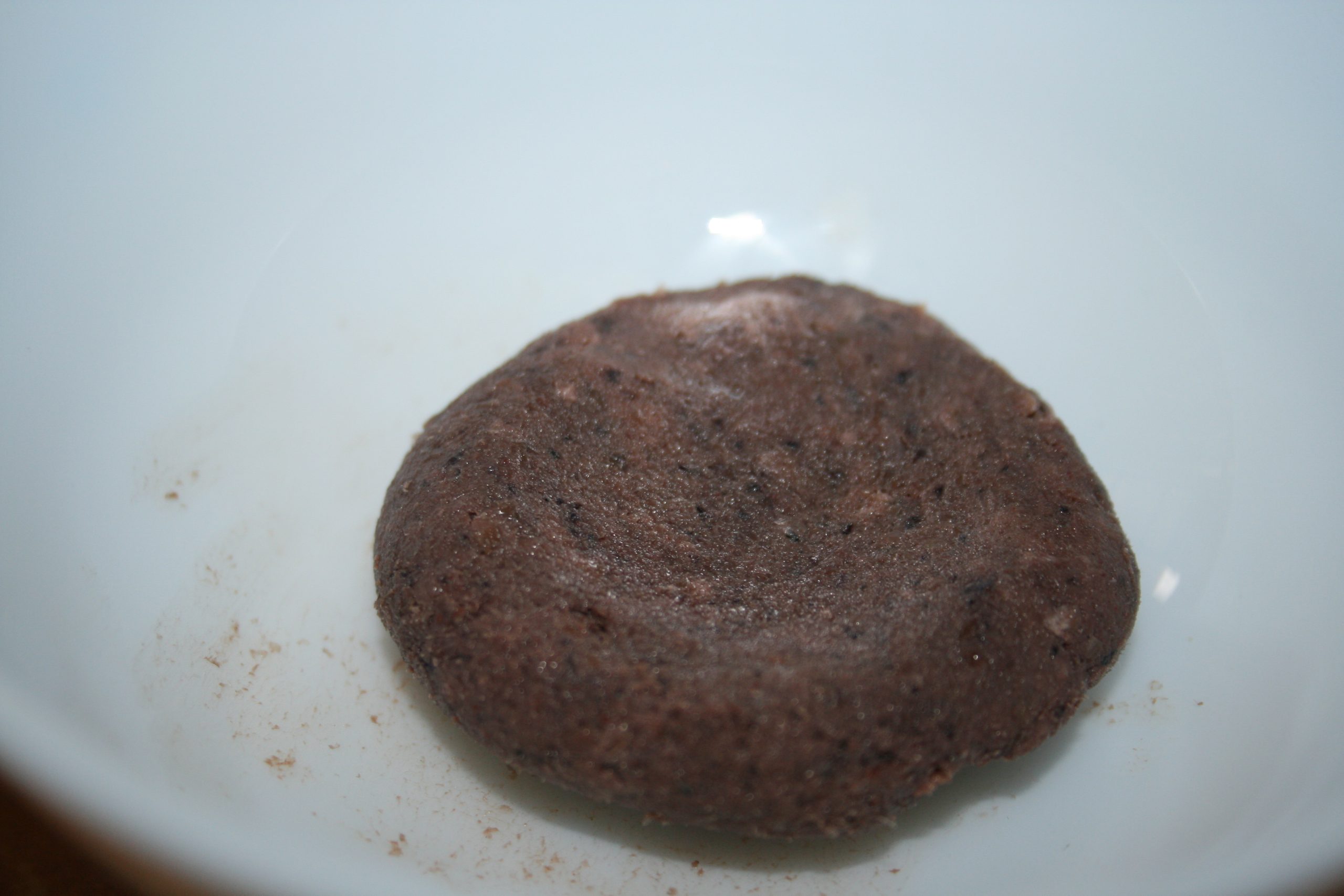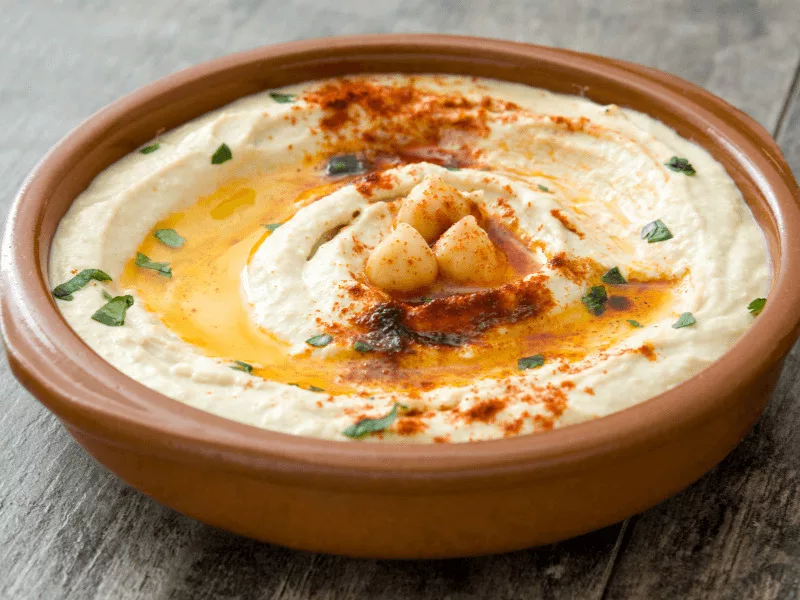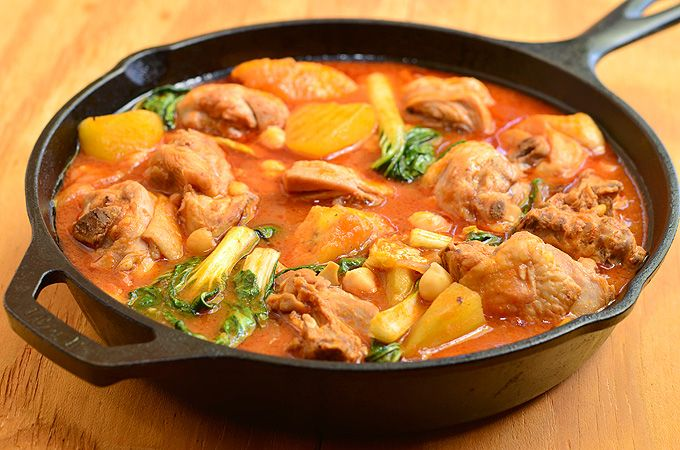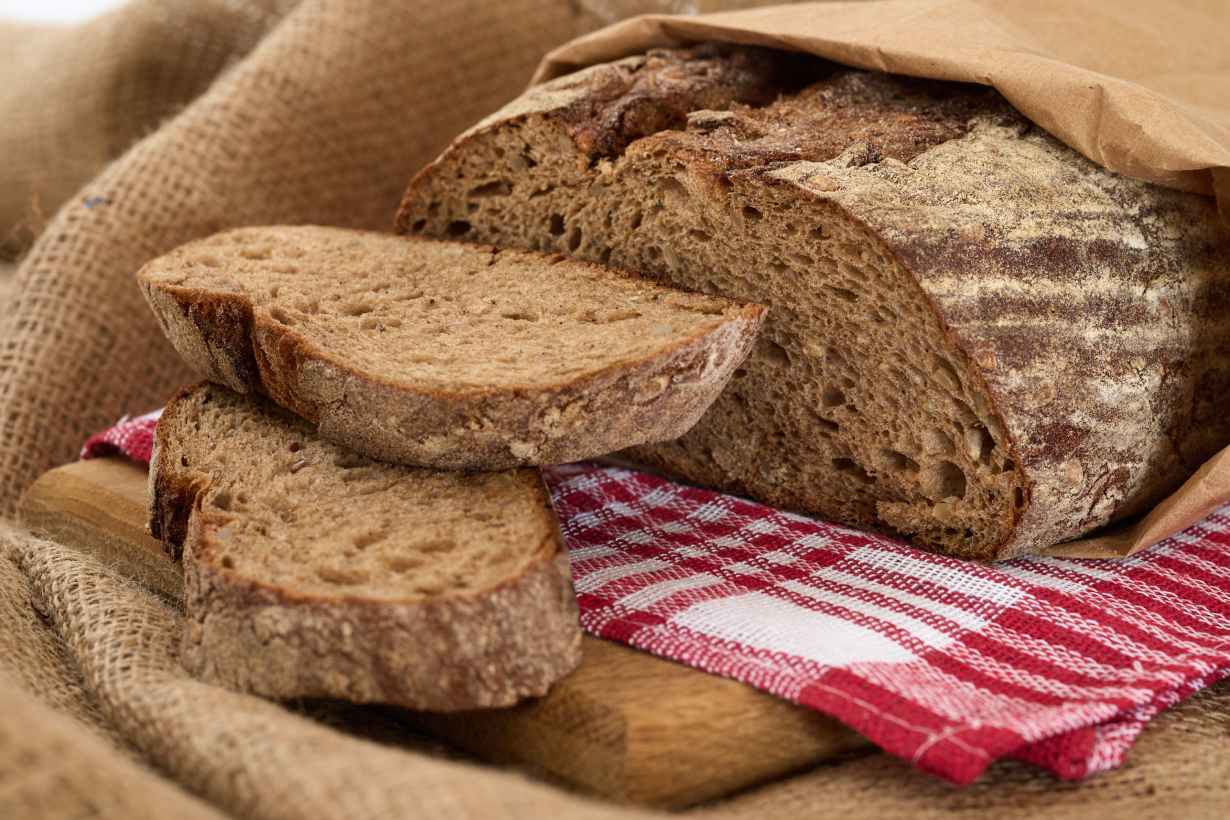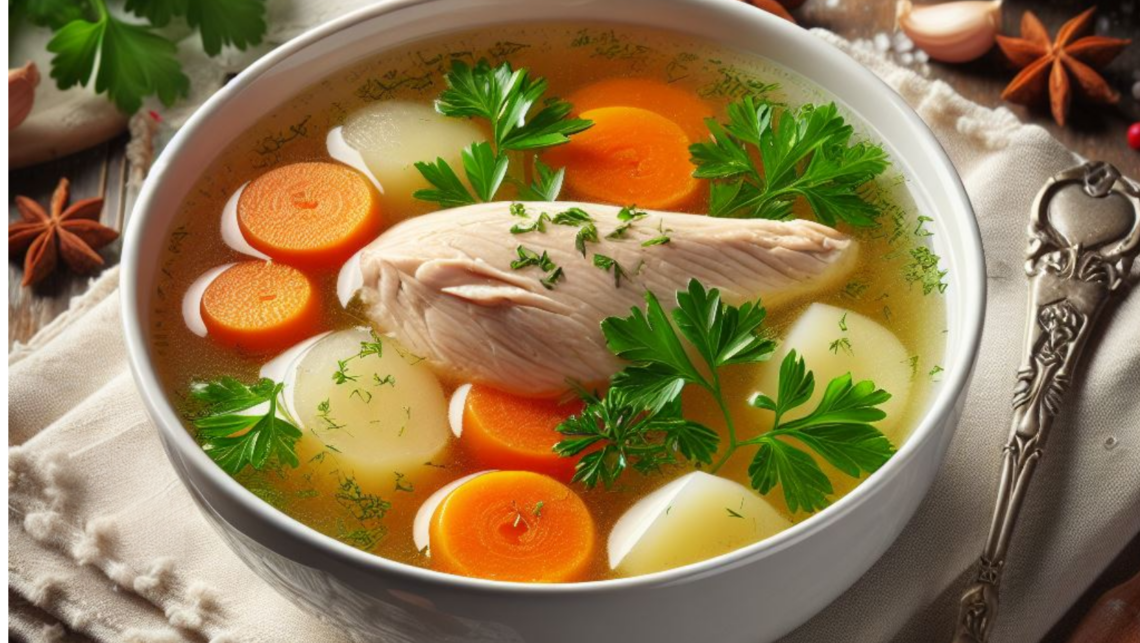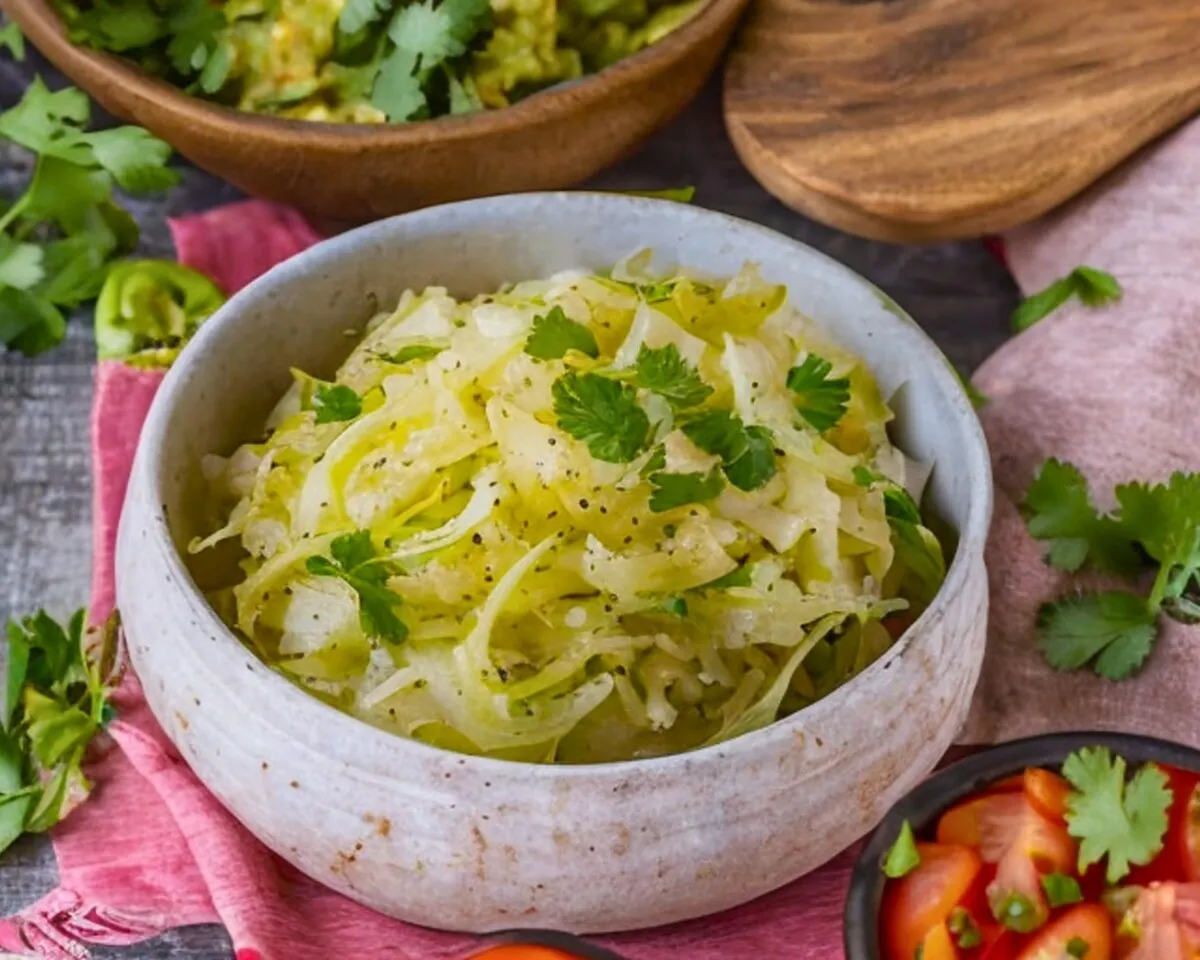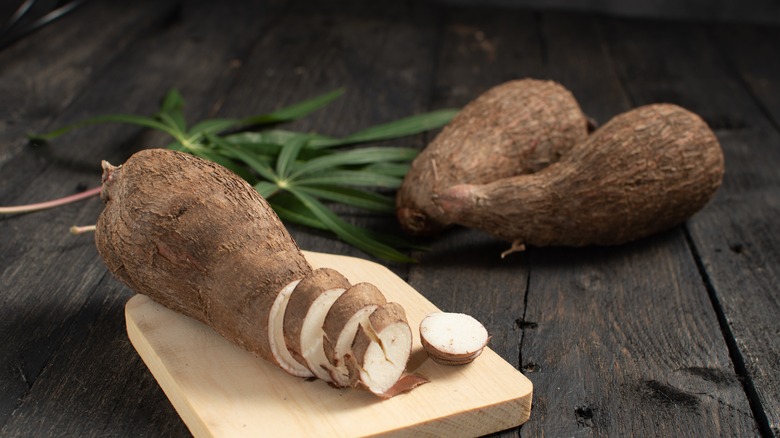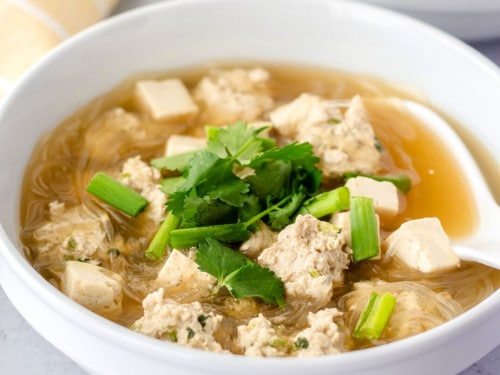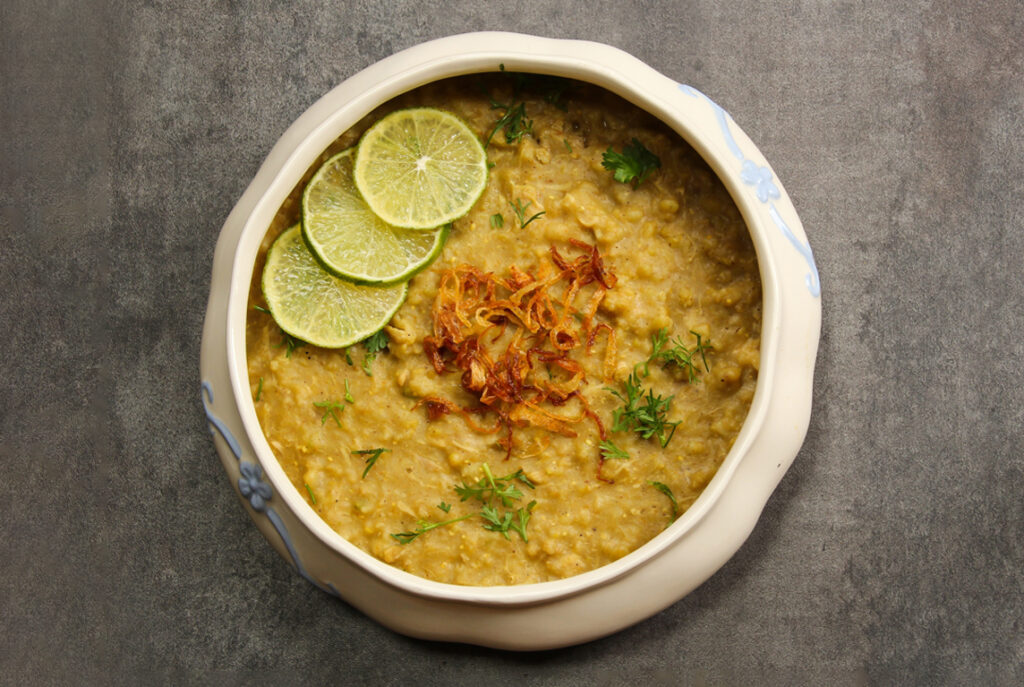Perjalanan cokelat dimulai jauh sebelum ia mencapai tangan kita dalam bentuk bar atau pralin. Semua dimulai dengan biji kakao yang dipanen dari pohon kakao, tumbuh di iklim tropis di berbagai belahan dunia seperti Afrika, Amerika Selatan, dan Asia. Proses ini sendiri sudah penuh dengan keajaiban alam. Biji kakao yang dipanen harus melalui tahap fermentasi selama beberapa hari untuk mengeluarkan rasa alami dan mengurangi kepahitan. Setelah itu, biji kakao dikeringkan dan diproses lebih lanjut untuk mengeluarkan bubuk kakao yang kaya rasa, yang nantinya akan menjadi bahan dasar dalam pembuatan cokelat.
Tahapan selanjutnya slot mania adalah pemanggangan, di mana biji kakao yang telah dikeringkan dipanaskan untuk mengeluarkan minyak kakao yang dikenal dengan nama “cokelat lemak”—komponen utama yang memberi cokelat tekstur halus dan kenikmatan pada setiap gigitan. Setelah itu, biji kakao dihaluskan menjadi pasta kakao, yang kemudian dipisahkan menjadi dua komponen utama: bubuk kakao dan cokelat lemak. Kedua bahan ini akan dicampur dengan gula, susu, atau bahan tambahan lainnya, tergantung pada jenis cokelat yang ingin dihasilkan—apakah cokelat hitam, susu, atau putih.
Setelah pencampuran, proses tempering dilakukan untuk mencapai konsistensi dan kilau yang sempurna. Proses ini mengatur suhu cokelat sehingga molekul lemak kakao tersusun dengan rapi, menciptakan cokelat yang halus, keras, dan mudah meleleh di mulut. Setelah tempering selesai, cokelat yang telah dicetak ke dalam cetakan akan mengeras dan siap dipotong, dibungkus, dan dikirim ke konsumen. Dari biji kakao yang sederhana hingga menjadi bar cokelat yang menggoda, setiap langkah dalam proses ini adalah seni yang memadukan keahlian dan teknologi. Cokelat, yang dihasilkan dengan hati-hati dan penuh ketelitian, adalah hasil akhir dari perjalanan panjang yang memadukan alam, tradisi, dan inovasi.

